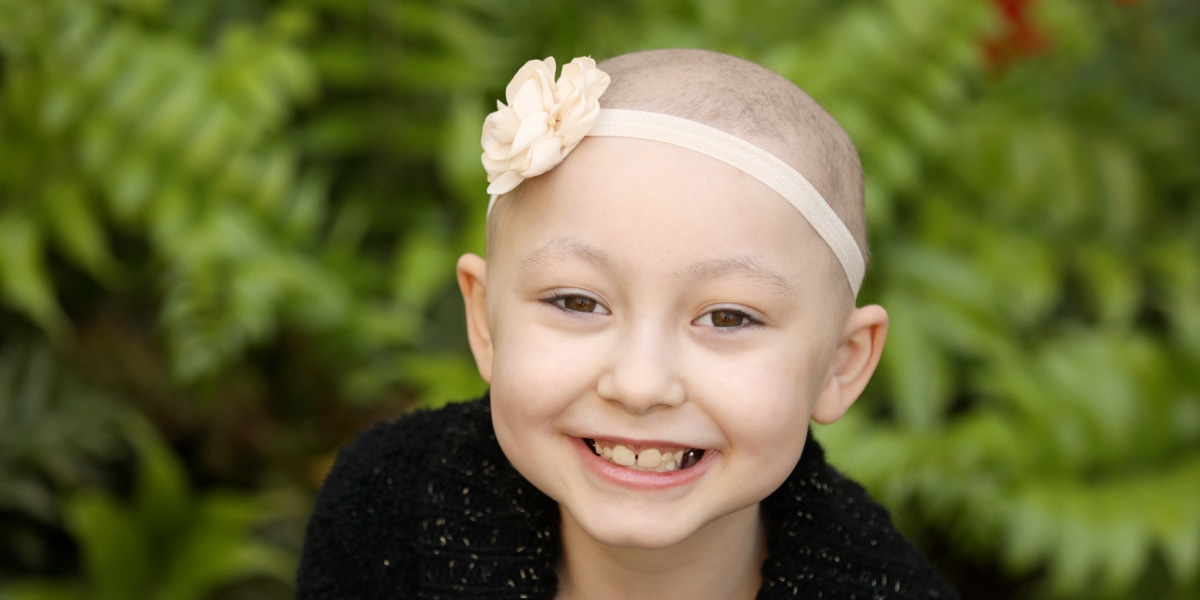
What Are the Most Common Childhood Cancers?
It’s no secret that adults get cancer. But children get cancer, too -- and it’s more common than you might think. Worldwide, 300,000 kids are diagnosed with cancer every year. And in the U.S., 1 in 285 children will be diagnosed with cancer before they turn 20. There are many types of childhood cancers. Some cancers are more common in children than adults, and there are some cancers that only children get. Here’s a look at some of the most common childhood cancers. Leukemia The most common childhood cancer is leukemia. Leukemia is a blood cancer where the bone marrow produces too many blood cells, and the blood cells don’t function properly. There are several types of leukemia. The most common type of leukemia in children is acute lymphoblastic leukemia, or ALL. Thanks to childhood cancer research, about 90% of children diagnosed with ALL will survive. The second most common leukemia...
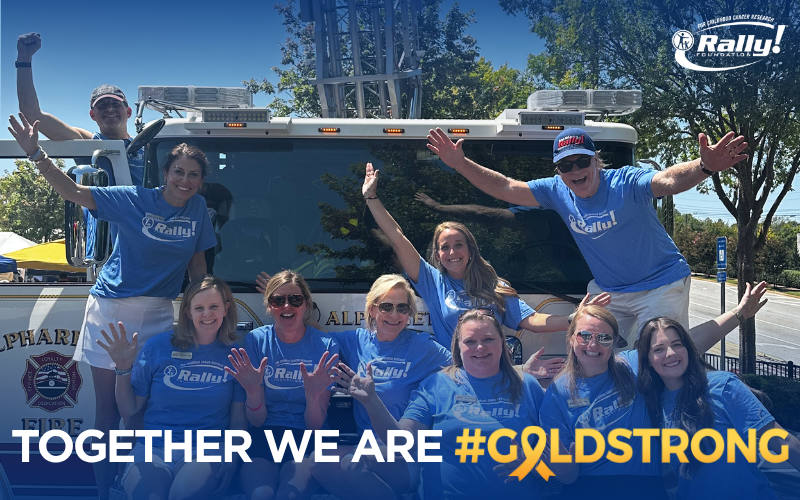
Childhood Cancer Awareness Month 2025
September is Childhood Cancer Awareness Month — and this year, Rally Foundation for Childhood Cancer Research is celebrating 20 years of impact! We have an incredible lineup of events and activities planned all month long to raise awareness and critical funds for childhood cancer research. Join us in making this milestone year one to remember. Check back often to see new events as they are added throughout September. Click the buttons below to see what’s happening nationwide and in specific cities.National Campaigns for the month of September: All Through September: #GOLDSTRONG: This is the universal trademarked hashtag for childhood cancer and the entire community is invited to use Please use #GOLDSTRONG all month and all year. 47 Faces of Rally: This campaign honors those 47 children who are diagnosed with cancer every This fundraiser is a powerful way for Rally Kids and their...

What’s One Hour of Your Time Worth?
Some people think of volunteering as a nice gesture. But in the fight against childhood cancer, it’s a lifeline. Volunteers are the heartbeat of progress. They show up at events, assist families, run logistics and keep things moving behind the scenes. But beyond the tasks, they bring something deeper: presence. Their message —without ever saying a word— is simple and powerful: “You’re not alone.” There’s no one way to volunteer — and no “perfect” type of person needed. If you care, you’re qualified. Whether you want to help once a year or once a week, there’s a place for you: Event Support: Greet guests, manage registration or help with set-up at a Rally fundraiser. Skill-Based Volunteering: Use your talents — photography, design, writing, tech — to amplify our mission. Youth & Group Involvement: Rally your school, team or faith group for a shared service project. Ambassador Roles:...
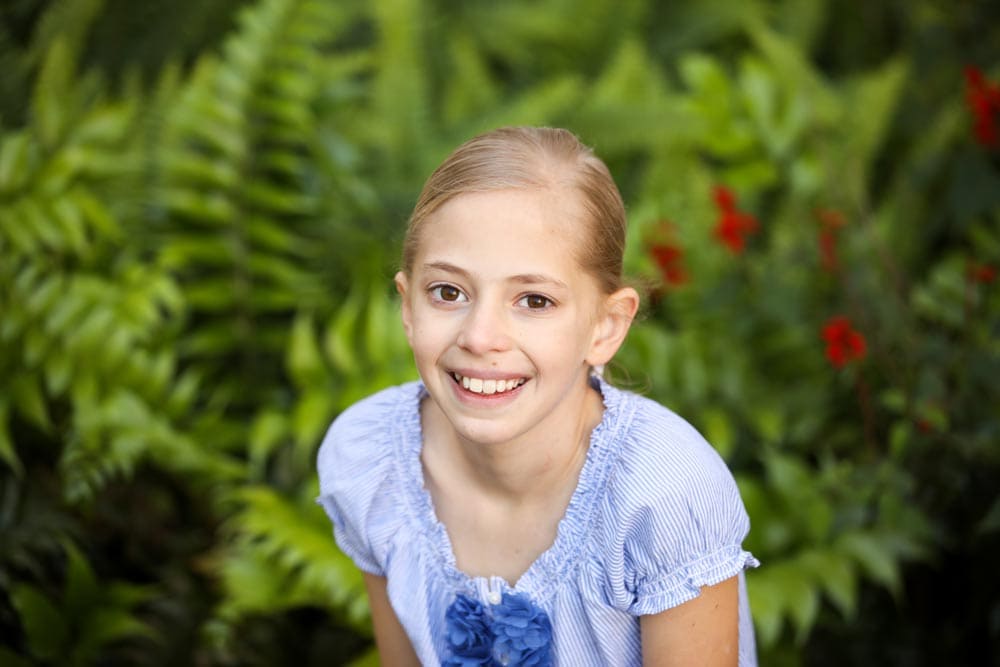
What is Ewing Sarcoma?
Ewing Sarcoma Defined Ewing sarcoma is a cancerous bone tumor that affects children, adolescent and young adults—usually developing during puberty between the ages of 10 and 20 years old. Approximately 87% of Ewing sarcomas are in the long bone, meaning the arm, thigh, shin and pelvis. On rare occasion, Ewing sarcomas can occur in soft tissue like cartilage or nerves. These are called pPNET tumors and can be found in the nerve tissue in many parts of the body; if a pPNET is found in the chest, it is called an Askin tumor. Ewing Sarcoma Symptoms The most common symptom of Ewing sarcoma is pain and swelling at the site of the tumor that hasn’t gotten better after a couple of weeks. There also can be fever, stiffness and a lump that is warm and soft when touched. Sometimes a bone will break without cause. Symptoms can also include limping if it is in the leg or trouble breathing if it is...
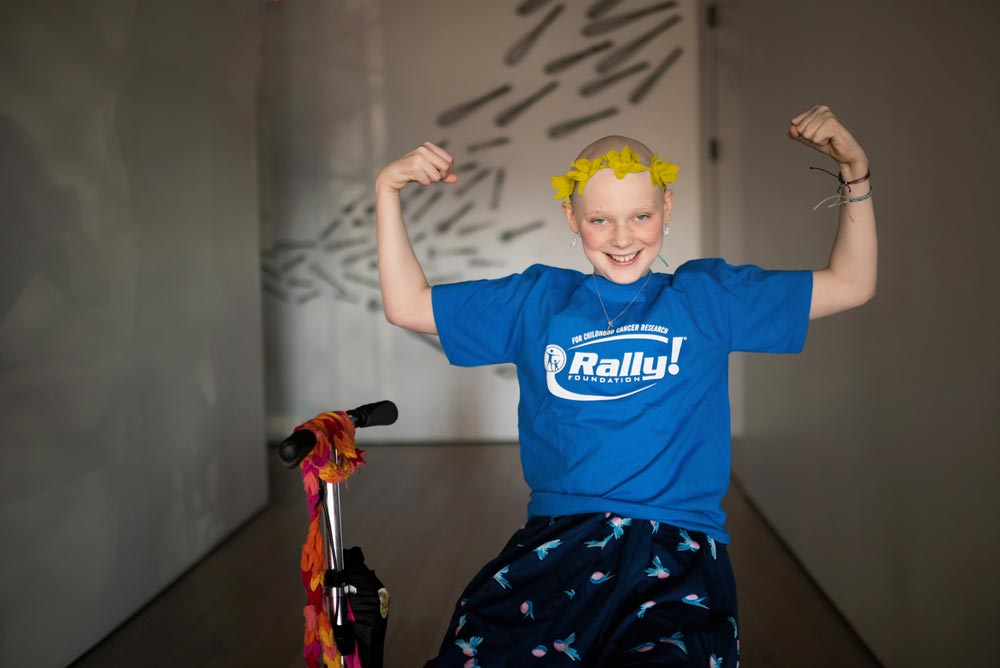
What is Rhabdomyosarcoma?
Rhabdomyosarcoma (RMS) is a type of soft tissue cancer that most commonly affects children and adolescents. It’s often found in skeletal muscle tissue or organs, such as the head and neck area, the urinary system, the reproductive system or appendages like the arms and legs. Rhabdomyosarcoma is part of a larger grouping of cancers called sarcomas which emerge in the body’s connective tissues, like muscles, fat, bones, blood vessels and joints. There are 50 different types of sarcomas. There are only two main types of rhabdomyosarcoma: embryonal rhabdomyosarcoma (ERMS) and alveolar rhabdomyosarcoma (ARMS). Embryonal rhabdomyosarcoma generally occurs in children under the age of 10. It is the most common type of rhabdomyosarcoma and is typically found in the head, neck, urinary tract or reproductive organs. Alveolar rhabdomyosarcoma is more common in adolescents and young adults, and it...
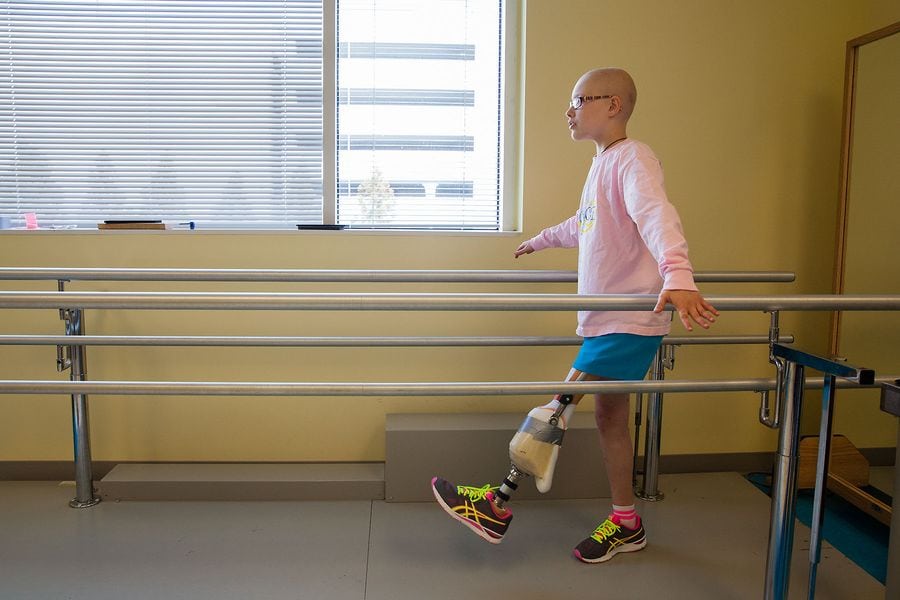
What Is Osteosarcoma?
Osteosarcoma is the most common type of bone cancer in children and adolescents. The tumor often originates in the long bones of the body, and while osteosarcoma frequently starts in a particular bone, it can potentially move to other sites in the body, such as the lungs and other bones. This movement, known as metastasis, makes the disease more difficult to treat. “For patients that present with no evidence of metastatic or disseminated disease, the overall prognosis is about 70-75%,” said Jason Yustein, MD, PhD, Director of the Faris D. Virani Ewing Sarcoma Center and Assistant Professor in the Department of Pediatrics, Section of Hematology/Oncology, at Baylor College of Medicine. “Unfortunately, for those patients diagnosed with metastatic disease, the long-term prognosis is only 20-30%, and for those that relapse the expected outcomes can be even worse.” Besides the significantly...

What Are the Most Common Childhood Cancers?
It’s no secret that adults get cancer. But children get cancer, too -- and it’s more common than you might think. Worldwide, 300,000 kids are diagnosed with cancer every year. And in the U.S., 1 in 285 children will be diagnosed with cancer before they turn 20. There are many types of childhood cancers. Some cancers are more common in children than adults, and there are some cancers that only children get. Here’s a look at some of the most common childhood cancers. Leukemia The most common...

Childhood Cancer Awareness Month 2025
September is Childhood Cancer Awareness Month — and this year, Rally Foundation for Childhood Cancer Research is celebrating 20 years of impact! We have an incredible lineup of events and activities planned all month long to raise awareness and critical funds for childhood cancer research. Join us in making this milestone year one to remember. Check back often to see new events as they are added throughout September. Click the buttons below to see what’s happening nationwide and in specific...

What’s One Hour of Your Time Worth?
Some people think of volunteering as a nice gesture. But in the fight against childhood cancer, it’s a lifeline. Volunteers are the heartbeat of progress. They show up at events, assist families, run logistics and keep things moving behind the scenes. But beyond the tasks, they bring something deeper: presence. Their message —without ever saying a word— is simple and powerful: “You’re not alone.” There’s no one way to volunteer — and no “perfect” type of person needed. If you care, you’re...

What is Ewing Sarcoma?
Ewing Sarcoma Defined Ewing sarcoma is a cancerous bone tumor that affects children, adolescent and young adults—usually developing during puberty between the ages of 10 and 20 years old. Approximately 87% of Ewing sarcomas are in the long bone, meaning the arm, thigh, shin and pelvis. On rare occasion, Ewing sarcomas can occur in soft tissue like cartilage or nerves. These are called pPNET tumors and can be found in the nerve tissue in many parts of the body; if a pPNET is found in the chest,...

What is Rhabdomyosarcoma?
Rhabdomyosarcoma (RMS) is a type of soft tissue cancer that most commonly affects children and adolescents. It’s often found in skeletal muscle tissue or organs, such as the head and neck area, the urinary system, the reproductive system or appendages like the arms and legs. Rhabdomyosarcoma is part of a larger grouping of cancers called sarcomas which emerge in the body’s connective tissues, like muscles, fat, bones, blood vessels and joints. There are 50 different types of sarcomas. There...

What Is Osteosarcoma?
Osteosarcoma is the most common type of bone cancer in children and adolescents. The tumor often originates in the long bones of the body, and while osteosarcoma frequently starts in a particular bone, it can potentially move to other sites in the body, such as the lungs and other bones. This movement, known as metastasis, makes the disease more difficult to treat. “For patients that present with no evidence of metastatic or disseminated disease, the overall prognosis is about 70-75%,” said...
